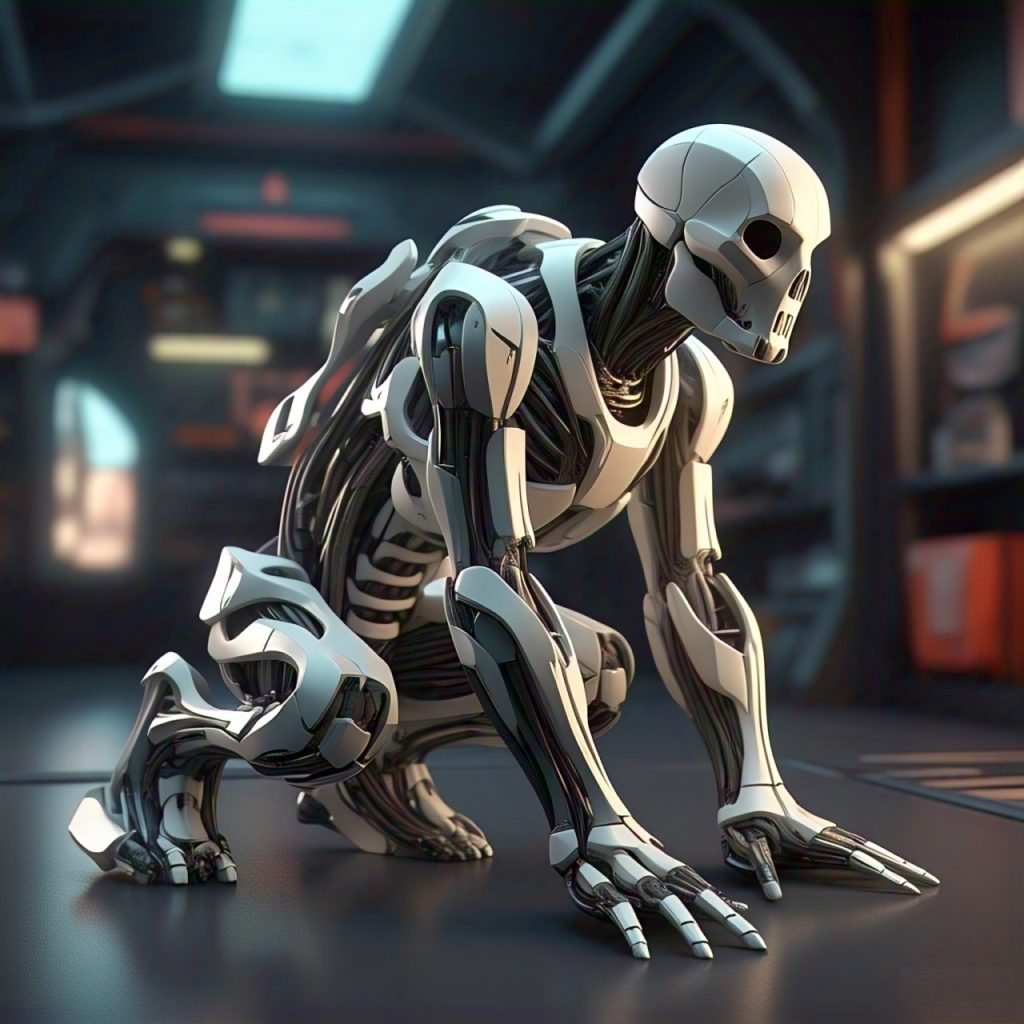Table of Contents:
1. Intro: Why Exoskeletons Need to Be Light
Okay, imagine strapping a mini fridge to your back and trying to walk around. Not fun, right? That’s kinda what early robotic exoskeletons felt like. Heavy, clunky, and just not practical. If we want these things to actually help people—like folks with mobility issues or workers lifting heavy stuff all day—they’ve gotta be light and comfy. Enter topological optimization.
2. So, What Is Topological Optimization?
Think of it like this: you’ve got a block of material, and you want to carve out all the unnecessary bits, leaving just the strong, essential parts. It’s like sculpting, but with math and computers. The goal? Make structures that are super strong but use as little material as possible. Perfect for exoskeletons.
3. Why It’s a Game-Changer for Exoskeleton Design
Topological optimization lets engineers design exoskeletons that are both strong and lightweight. By figuring out where material is needed and where it’s not, they can create designs that are efficient and comfortable. It’s like giving the exoskeleton a diet without losing muscle.
4. Real Talk: The Challenges
But it’s not all sunshine and rainbows. Topological optimization can be complex and time-consuming. Plus, the resulting designs can be hard to manufacture with traditional methods. That’s where 3D printing comes in handy, allowing for the creation of these intricate structures.
5. Cool Tech That’s Making This Happen
Advancements in materials science and manufacturing are making topological optimization more feasible. For instance, new lightweight materials and better 3D printing techniques are helping bring these optimized designs to life.
6. Crossovers: Other Tech That’s Helping Robots Evolve
Topological optimization isn’t the only player in town. Other technologies are also pushing robotics forward:
Blockchain for robot coordination:
Synthetic biology for self-repairing robots:
Photonic computing for faster vision processing:
Designing robots for space bioprinting:
Federated learning for privacy in robotic fleets:
7. FAQs
Q1: What’s the main benefit of topological optimization in exoskeletons?
A1: It helps create structures that are strong yet lightweight, making exoskeletons more comfortable and efficient.
Q2: Can topological optimization be applied to other areas?
A2: Absolutely! It’s used in aerospace, automotive, and even architecture.
Q3: Is topological optimization expensive?
A3: It can be, especially with the need for advanced software and manufacturing techniques, but costs are decreasing over time.
Q4: How does 3D printing fit into this?
A4: 3D printing allows for the creation of complex, optimized structures that would be difficult to produce with traditional methods.
Q5: Are there any downsides to using topological optimization?
A5: The designs can be complex and may require specialized manufacturing processes.
Q6: What materials are commonly used?
A6: Lightweight metals like titanium and aluminum, as well as advanced composites.
Q7: How does this affect the cost of exoskeletons?
A7: While initial costs may be higher, the efficiency and performance gains can offset this over time.
Q8: Can this technology help in medical applications?
A8: Yes, especially in creating custom prosthetics and orthotics.
Q9: Is this technology accessible to small companies?
A9: It’s becoming more accessible as software and manufacturing costs decrease.
Q10: What’s the future of topological optimization?
A10: Expect to see more integration with AI and machine learning for even smarter designs.

